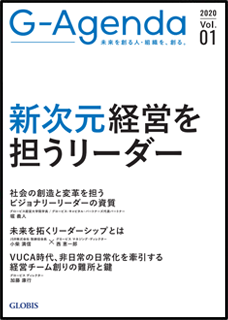Reimagining Employee Development
페이지 정보
작성자 Clark Southee 작성일25-04-20 16:55 조회2회 댓글0건관련링크
본문
 Employee development has become crucial in today's competitive market, as companies strive to stay ahead and meet changing business needs. Gone are the days when investing in employee development was seen as a luxury, rather than a necessity. In this article, we'll explore the business case for employee development and why return on investment (ROI) matters most of all.
Employee development has become crucial in today's competitive market, as companies strive to stay ahead and meet changing business needs. Gone are the days when investing in employee development was seen as a luxury, rather than a necessity. In this article, we'll explore the business case for employee development and why return on investment (ROI) matters most of all.The Importance of Employee Development
Employee development is key to driving organizational performance. By investing in the skills and knowledge of employees, organizations can significantly improve their productivity and overall prosperity. When employees are equipped with the skills and expertise they need to excel in their roles, they are more likely to be engaged and committed to the organization.
Furthermore, employee development helps to lower turnover and retain high-performing staff. When employees feel that their organization is investing in their growth and development, they are more likely to stay with the company, reducing the hassle associated with recruitment and onboarding.
Return on Investment (ROI) Matters Most of All
While the benefits of employee development are numerous, measuring ROI is crucial to ensure that investments in employee development are delivering value. ROI analysis involves evaluating the financial benefits of employee development programs against their costs.
Studies have shown that every dollar invested in employee development generates a significant return, ranging from $3 to $6 in increased revenue and business growth. By measuring ROI, organizations can identify areas where employee development programs are yielding the most significant returns and focus their investments accordingly.
Key Drivers of ROI in Employee Development
Several factors contribute to the ROI of employee development programs. These include:
- Improved work quality: When employees are equipped with the skills and knowledge they need to excel in their roles, their job performance improves significantly.
- Increased output: Employees who are knowledgeable and skilled in their areas of expertise are more effective in their work.
- Reduced turnover: By investing in employee development, 企業研修 おもしろい organizations can minimize turnover rates and retain valuable employees.
- Better decision-making: Employees who have the skills and knowledge to make informed decisions are better equipped to drive business success.
Measuring ROI in employee development can be challenging, but it is essential to ensure that investments are delivering value. Some metrics to measure ROI in employee development include:
- Return on Investment (ROI) ratio: This involves evaluating the financial benefits of employee development programs against their expenses.
- Net present value (NPV): This involves evaluating the present value of expected returns from employee development programs.
- Payback period: This involves evaluating the time it takes for employee development programs to generate a return on investment.
- Cost-benefit analysis: This involves evaluating the expenses incurred and benefits of employee development programs.
The business case for employee development is compelling, and ROI matters most of all. By investing in employee development, organizations can drive organizational performance, improve performance, and increase market share. Measuring ROI in employee development programs is crucial to ensure that investments are yielding returns and to identify areas where programs can be improved.
Organizations that prioritize employee development and measure ROI are likely to realize remarkable outcomes on their investments. By making employee development a core part of their business strategy, organizations can drive business success and stay ahead in today's competitive market.
댓글목록
등록된 댓글이 없습니다.









